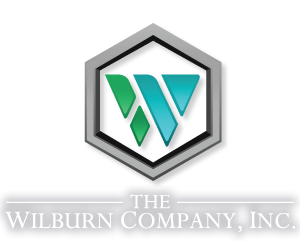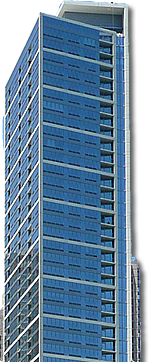
The cleaning industry has traditionally been viewed as a utility in that the outcomes of service have been binary. In the same way that electricity is either on or off, cleaning is either effective or it isn’t; things are either clean or they’re dirty.
A lack of transparency has accompanied that perspective, because when the most important factor is whether or not something’s working, there’s no need to see behind the scenes. People complain when the power goes out. Very few people are vocal about optimizing and understanding the power grid.
But things are changing.
Leaders in today’s cleaning industry are recognizing that cleaning isn’t delivered to binary outcomes. Instead, there are nuances to the services that impact businesses’ reputations and their bottom lines. Cleaning isn’t a utility or a commodity – it’s added value.
The shift to maximize that value requires increased transparency. Instead of checking a box marked “clean” or “dirty,” innovative cleaners are tracking detailed data around how facilities are cleaned and levels of cleanliness, then optimizing processes for improvement.
That’s where performance management comes in.
Performance management focuses on transparency in service as a means of ensuring high quality and continued improvement. At The Wilburn Company, we’re dedicated to providing premiere cleaning services. To that end, here’s how we’ve optimized our processes.
Comprehensive Auditing
Audits are the foundation of performance management. They involve comprehensive reviews of each service delivered within each space, allowing all stakeholders to track the results.
At The Wilburn Company, our performance management teams are separated from our project management teams to increase objectivity and incentivize accuracy. Audits are performed at monthly or bi-monthly intervals, with personnel doing walkthroughs of all service areas and carefully noting performance in each on a scale from 1 to 5 (where 5 is completely perfect, 4 is the Wilburn standard, 3 is the industry standard, and any number below is unacceptable). Further notes on the specifics of each area are documented as relevant. If there are any issues, workorders are immediately created to remedy them.
On average, most sites include around 25 areas for review. These are broken up by floor, room, and surface type, with each noted within the auditing documentation.
Best of all, as audits are conducted regularly, trends within the data over time begin to emerge that facilitate improved service.
Client Communication
All audits are immediately accessible to our clients within our software, the TWC Performance Platform. This enables several communication flows.
First, this transparency makes issue reporting easier for clients. If, for example, the quality of floor cleaning is poor, clients can check the audit data to see that the problem has been noted proactively. If it hasn’t been noted, the platform allows them to file workorder requests quickly. And it helps that quality control personnel are onsite for the audits, as face-to-face relationships can be built.
Second, this transparency can help to identify gaps in occupant expectations. Some tenants may make recurring requests that aren’t aligned to service (maybe they keep calling for spill cleanup, or maybe they miss waste collection repeatedly). As all workorders live in the system, it’s easy to identify areas where occupant expectations (and possibly training) need to be improved in order to maximize the value of cleaning services.
Third, clients can identify trends over time. If they note an issue with a bathroom, for example, they can check back over the ensuing months to see how service has improved.
Overall, the client-facing nature of audits increases transparency, empowers communication, and ensures our clients are getting the services they need.
Internal Improvement
Additionally, audits empower internal optimization of processes.
If recurring issues are noted, we can take corrective measures, like holding designated training sessions to ensure that our employees are equipped to provide service effectively. We can improve our techniques and methods or make personnel changes, if needed.
Perhaps most excitingly for us, though, we can also empower our employees by acknowledging improvement and good work. If cleaning is treated as a utility, this recognition is difficult to come by – nobody gives you a pat on the back if something works the way it should. But with more nuanced data, we can see how employees have improved in performance over time and give them the recognition they deserve.
Choose Services with Transparency to Increase Quality
Cleaning is changing. By moving toward a data-driven auditing process, cleaning services can give their clients a look at the process behind the curtain and provide value that’s more impactful. The end result is cleaner buildings, healthier occupants, and more value.
At The Wilburn company, we take pride in our transparency and the accompanying high level of service it results in. If you’re ready to move past traditional cleaning approaches toward a better approach, get in touch with us today.










